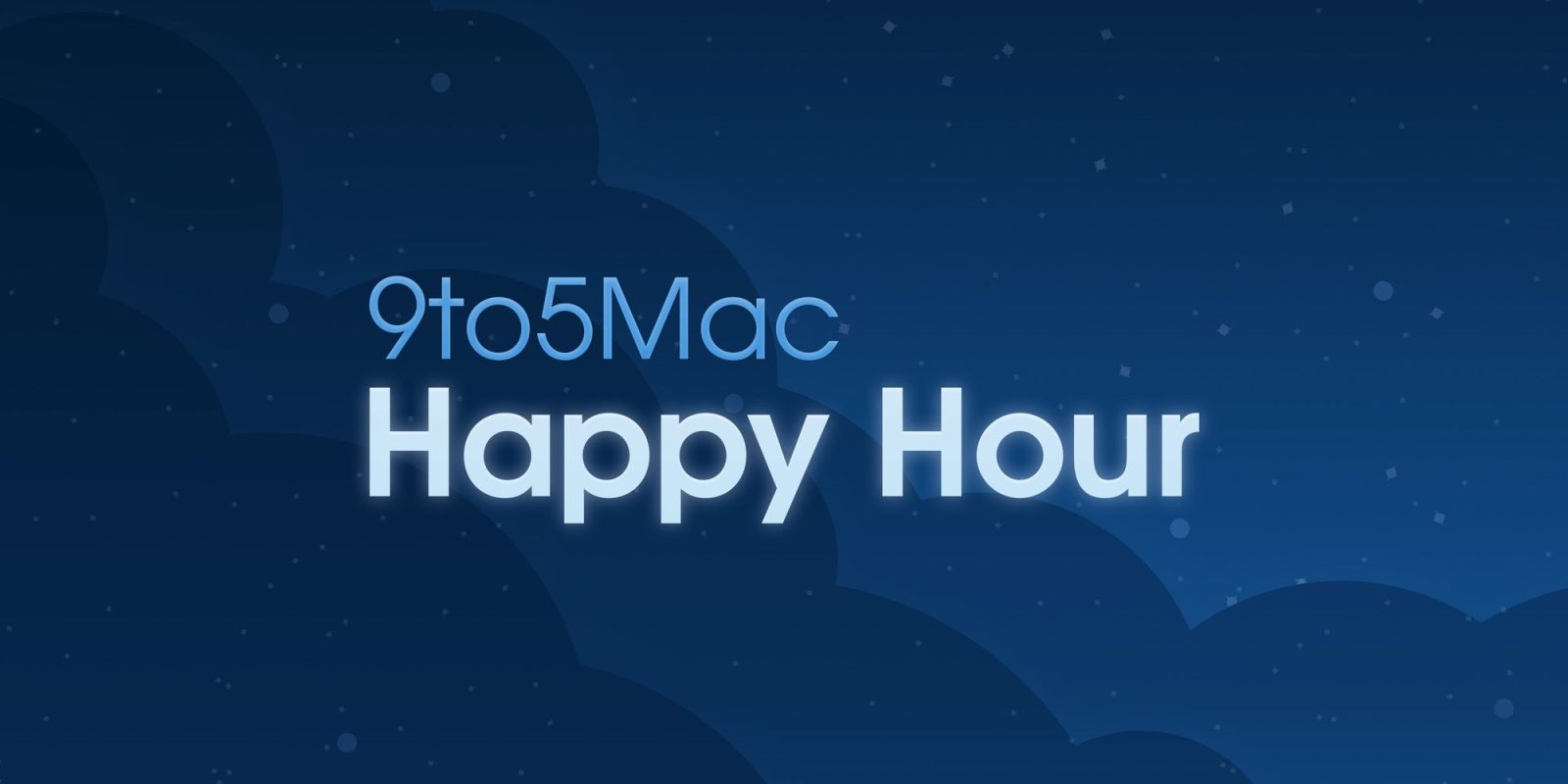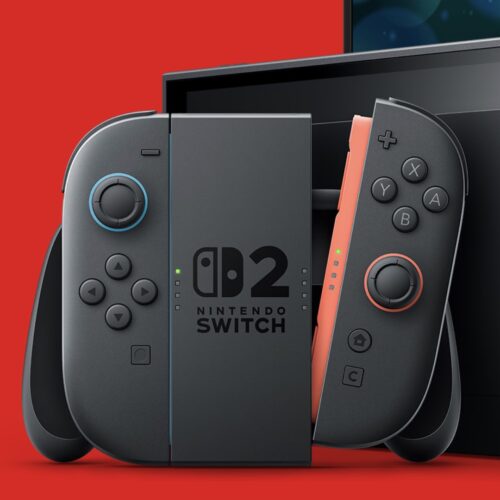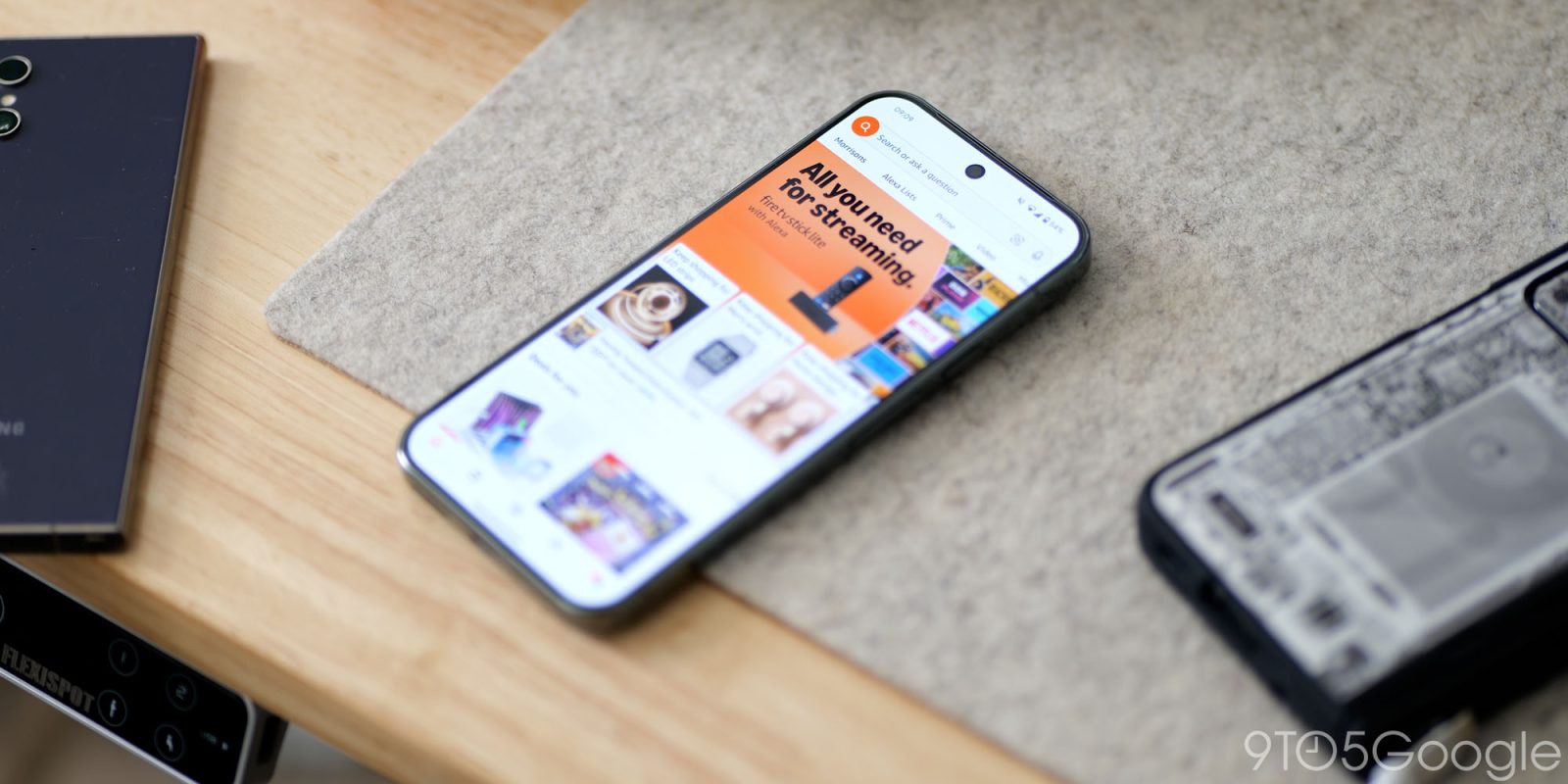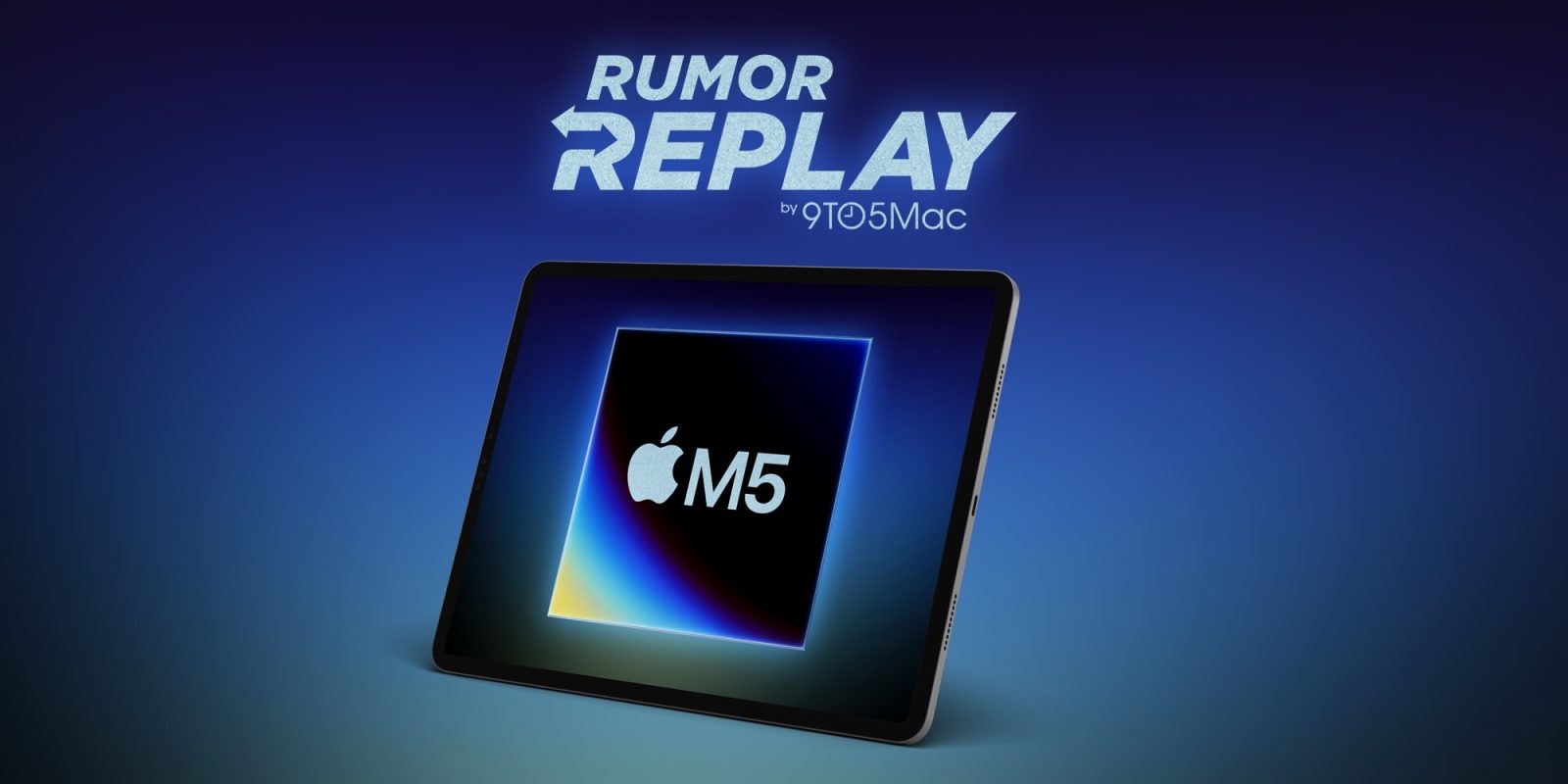Samsung 990 Pro SSD Hits 2025’s Lowest Price Yet, Hurry It’s Selling Out on Amazon

If you need a bit more storage space, now's the time to grab this SSD with a whopping 4TB of space.

Bonobos, great apes related to us and chimpanzees that live in the Republic of Congo, communicate with vocal calls including peeps, hoots, yelps, grunts, and whistles. Now, a team of Swiss scientists led by Melissa Berthet, an evolutionary anthropologist at the University of Zurich, discovered bonobos can combine these basic sounds into larger semantic structures. In these communications, meaning is something more than just a sum of individual calls—a trait known as non-trivial compositionality, which we once thought was uniquely human.
To do this, Berthet and her colleagues built a database of 700 bonobo calls and deciphered them using methods drawn from distributional semantics, the methodology we’ve relied on in reconstructing long-lost languages like Etruscan or Rongorongo. For the first time, we have a glimpse into what bonobos mean when they call to each other in the wild.
The key idea behind distributional semantics is that when words appear in similar contexts, they tend to have similar meanings. To decipher an unknown language, you need to collect a large corpus of words and turn those words into vectors—mathematical representations that let you place them in a multidimensional semantic space. The second thing you need is context data, which tells you the circumstances in which these words were used (that gets vectorized, too). When you map your word vectors onto context vectors in this multidimensional space, what usually happens is that words with similar meaning end up close to each other. Berthet and her colleagues wanted to apply the same trick to bonobos’ calls. That seemed straightforward at first glance, but proved painfully hard to execute.


© USO

The biggest threat to the Steam Deck in 2025 wonât be the arrival of other Windows-based handheld gaming PCs. Instead, itâll likely be the Nintendo Switch 2, which arrives on June 5 for $449.99 â smack dab between the cost of the $399 Steam Deck LCD and the $549 Steam Deck OLED.Â
Ironically, the Steam Deck is also the Switch 2âs biggest threat. While Nintendoâs new console may have Valveâs beat on screen resolution, refresh rate, and a custom Nvidia processor capable of DLSS and ray tracing, Steam trumps it in value, particularly with game prices.
I get it, I get it. Theyâre totally different devices. So even though comparing Nintendo and Valveâs hardware and software philosophies is an apples versus oranges exercise, the two devices â and companies â are more aligned than you might think. And thatâs especially true when consumers, whether because of tariffs or other economic reasons, need to choose between one or the other.
Youâve come to the right place, as weâll break down all of the specs worth caring about to show how they stack up.
As mentioned, the Switch 2 and the Steam Deck have somewhat similar prices. The Switch 2 …

Amazon is comparing a new feature for the Kindle to the “Previously on…” segments that TV shows frequently use. But the Kindle’s Recaps feature is instead focused on book series and provides a “quick refresher on storylines and character arcs” before readers start the next book, Amazon says.
The short Recaps, which do include spoilers, are available to readers in the US for “thousands of bestselling English language Kindle books in series you have purchased or borrowed,” according to Amazon.

You can determine if a series you’re reading has Recaps available by looking for a View Recaps button “in the series page in your Kindle Library.” It will also be available in a three-dot menu where you see a series of books grouped together in the Kindle UI.
Recaps was first introduced on a Kindle software update released last week that also lets Kindle Colorsoft and 12th-gen Paperwhite Signature Edition users double-tap the back and sides of their e-readers to turn pages or scroll lists. The Recap feature will be available on a wider assortment of Kindle devices, including older models that are eligible for the 5.18.1 update.
Amazon says it’s being rolled out as an over-the-air update over the next several weeks, but it can also be downloaded from Amazon’s website and manually installed on Kindles immediately. Amazon also plans to soon make it available on its Kindle app for iOS.

Benjamin and Chance start with a catch-up on changes to Friday Night Baseball, before diving into the software updates of the week, with the launch of iOS 18.4 and the first iOS 18.5 beta launching. Also, thoughts on Apple’s rumored AI Health service plans, and the latest on finding a new partner for the Apple Card.
And in Happy Hour Plus, Benjamin embarks on a mission to convert baby videos from old camcorder tapes, to digital files. Subscribe at 9to5mac.com/join.

Intel Unison was a strong tool for Android and iOS users that wanted to share files, check messages, and more. Now, it seems like Intel is shutting that app down, leaving some users without a strong option for PC connection.
more…


In the wake of the Switch 2 reveal, neither Nintendo nor Nvidia has gone into any detail at all about the exact chip inside the upcoming handheld—technically, we are still not sure what Arm CPU architecture or what GPU architecture it uses, how much RAM we can expect it to have, how fast that memory will be, or exactly how many graphics cores we're looking at.
But interviews with Nintendo executives and a blog post from Nvidia did at least confirm several of the new chip's capabilities. The "custom Nvidia processor" has a GPU "with dedicated [Ray-Tracing] Cores and Tensor Cores for stunning visuals and AI-driven enhancements," writes Nvidia Software Engineering VP Muni Anda.
This means that, as rumored, the Switch 2 will support Nvidia's Deep Learning Super Sampling (DLSS) upscaling technology, which helps to upscale a lower-resolution image into a higher-resolution image with less of a performance impact than native rendering and less loss of quality than traditional upscaling methods. For the Switch games that can render at 4K or at 120 FPS 1080p, DLSS will likely be responsible for making it possible.


© Nintendo

Amazon is testing a new “Buy for Me” button that will let you purchase products from third-party websites without leaving the e-commerce giant’s mobile app. The feature is powered by agentic AI, allowing the company to purchase items on your behalf.
Last month, Amazon rolled out a test that directs you to other brands’ websites for products it doesn’t sell. But now, instead of directing you to the website to fill out your payment details and shipping address, “Buy for Me” is supposed to do all the work for you. The feature runs on Amazon’s Nova AI system, which now includes a new model capable of performing actions within your browser, along with Anthropic’s Claude.

When you tap on an item that supports the feature, you’ll see all the product details directly within the Amazon app. Pressing the “Buy for Me” button will bring up an Amazon checkout page, where you can verify your payment information.
Amazon will then use AI to “securely” provide your “encrypted name, address, and payment details to complete the checkout process on the brand’s website.” The company says it can’t view previous or separate orders from third-party sites. Even though you’ll be able to track your orders directly on Amazon, you’ll have to visit the other brand’s site for customer service and returns.
Amazon doesn’t say whether it will get a cut of a “Buy for Me” purchase but notes that third-party companies can opt out. “Buy for Me” is currently available to a “subset” of users in the US on iOS and Android devices. Amazon is also testing it with a limited number of brands and products for now, but it plans to expand it in the future.

Even with all the self-induced turmoil that Sonos has been through over the last year, if you’ve been eyeing any of the company’s products, it might be wise to buy sooner than later. In an email, spokesperson Erin Pategas tells me that Sonos is “closely monitoring developments related to the proposed tariffs and actively assessing potential implications for our business, customers, and supply chain. At this time our focus remains on delivering the best audio experiences for our customers.” That’s less optimistic framing than the company gave only a couple months ago, but for good reason.
Like many other tech companies, Sonos thought it would be in a good position after mixing up its supply chain beyond China to other production hubs. On the company’s most recent earnings call, chief financial officer Saori Casey said the following:
“You may recall we underwent a significant effort to diversify our supply chain a few years ago, which resulted in a manufacturing of nearly all of our U.S.-bound products shifting to Malaysia and Vietnam. As a result, we expect tariffs to have a minimal impact to our gross margin in Q2 based on what we know today.”
So much for that.
The sweeping proposals announced yesterday by President Trump place a 46 percent tariff on Vietnam and 24 percent on Malaysia, making this strategy far less effective than Sonos likely hoped. The Santa Barbara-based brand is a relatively small company that already operates on thin hardware margins, so it can’t afford to simply absorb the cost of these tariffs. Sonos’ stock slid 15 percent on news of Trump’s far-reaching plans. “Our inventory consists of $117 million of finished goods and $24 million of components,” Casey said in February.
Just this week, Sonos lowered the price of two products, the Era 100 soundbar and Ray soundbar, to $199. Should Trump’s tariffs actually go into effect, it’s not unthinkable that those cuts could be reversed in the not-too-distant future. Sonos last raised prices across its product lineup in 2021 amid a global supply chain crunch.
But for now, as Pategas’ statement underlines, the company is concentrating its focus on improving its core user experience — and that mobile app.

Intel Unison was a strong tool for Android and iOS users that wanted to share files, check messages, and more. Now, it seems like Intel is shutting that app down, leaving some users without a strong option for PC connection.
more…
With the introduction of new, increased tariffs on incoming goods into the US, things are likely to get much more expensive. Using a price tracking tool online can help you determine what has and hasn’t increased in price. Here are some of our favorites.
more…
This is Rumor Replay, a weekly column at 9to5Mac offering a quick rundown of the most recent Apple product rumors, with analysis and commentary. Today: updates on the M5 and M6 iPad Pro models, an Apple Health+ service, iPhone Fold, and more. Here are this week’s Apple rumors.
more…